
 DoneThat
DoneThat
The Guildhall, Worcester, Worcestershire, England
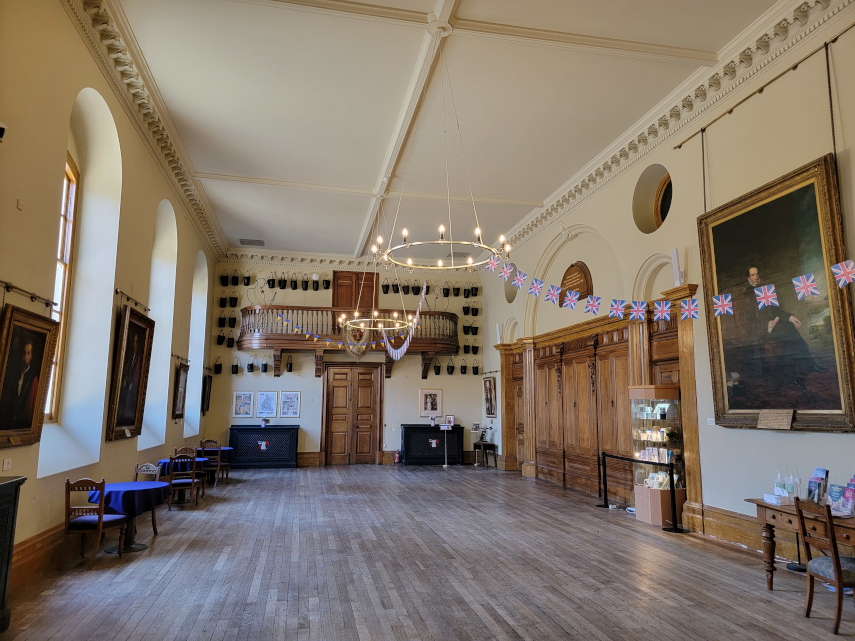
The Lower Hall.
The Guildhall, which was once the seat of justice throughout the city and even housed a prison, offers free entry.
There is a small Minstrel style gallery at the far end.
| Comment |
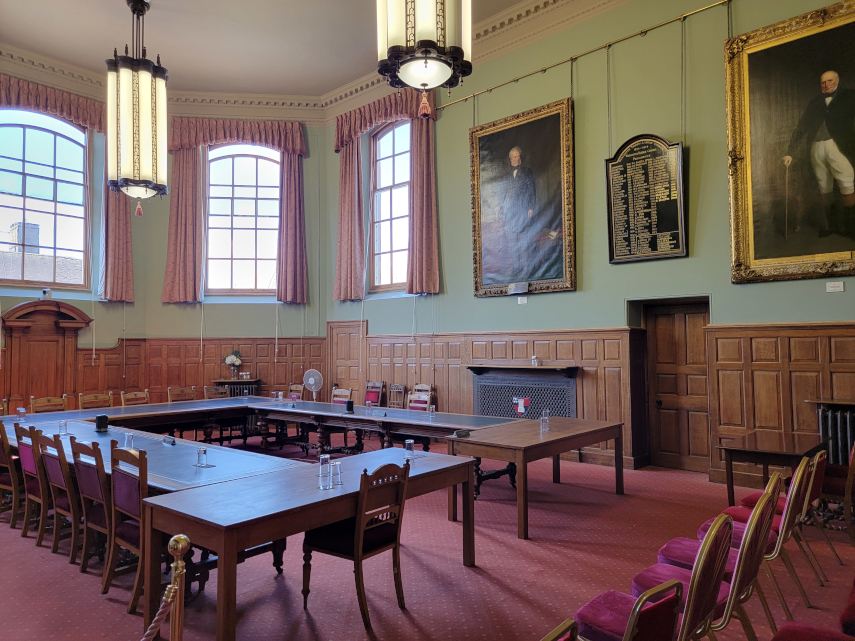
A meeting room.
It is described by Pevsner as "a splendid town hall, as splendid as any of the 18th century in England, but it is just a little barbaric in its splendour".
| Comment |
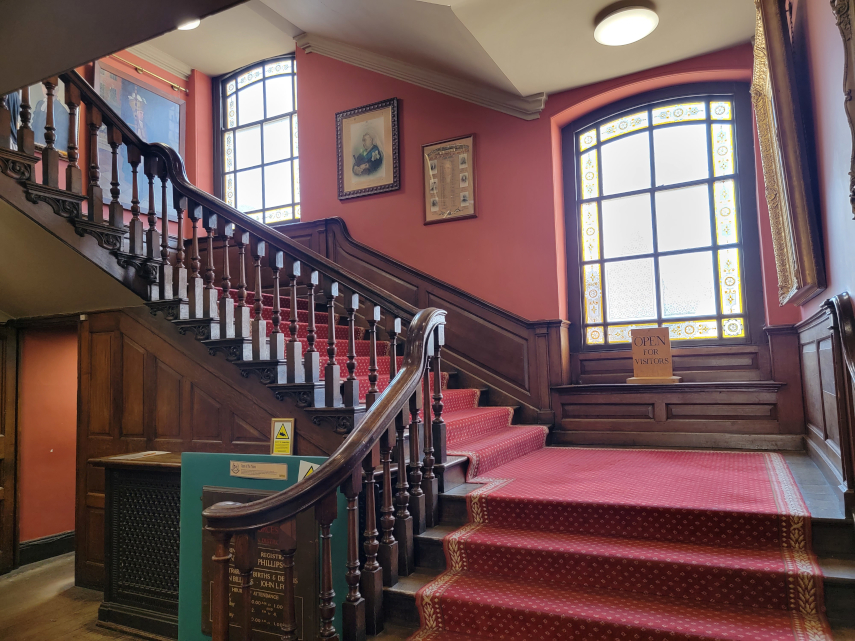
The Grand Staircase.
This really is an impressive staircase. In 1227 Henry III granted the citizens of Worcester a royal charter granting them the right to establish a guild of merchants. The guild was responsible for controlling trade in the city and the Guildhall was their meeting place. It gradually became the centre of administration for city government and acted as a courthouse. The city guilds have long since vanished but the Guildhall name lives on.
| Comment |
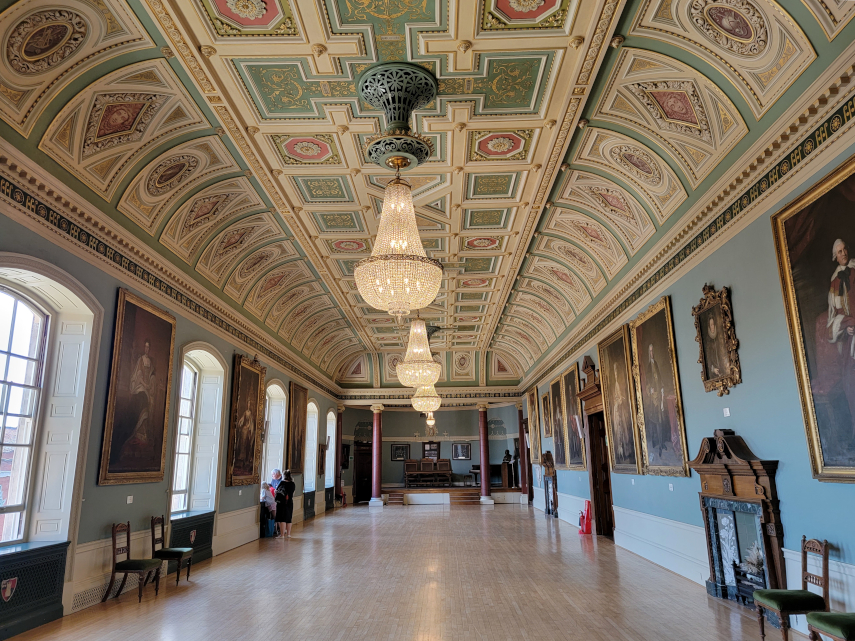
The Assembly Room.
On the first floor is the the Assembly Room. In 1788 George III called the Assembly Room a 'handsome gallery'. The chamber we see today is not the one George III saw, for it was remodelled in 1791 by George Byfield who added two apses. Then from 1877 the architect Sir Gilbert Scott and the City Architect Henry Rowe remodelled the building and redesigned the Assembly Rooms with an extraordinary Italianate painted ceiling.
| Comment |
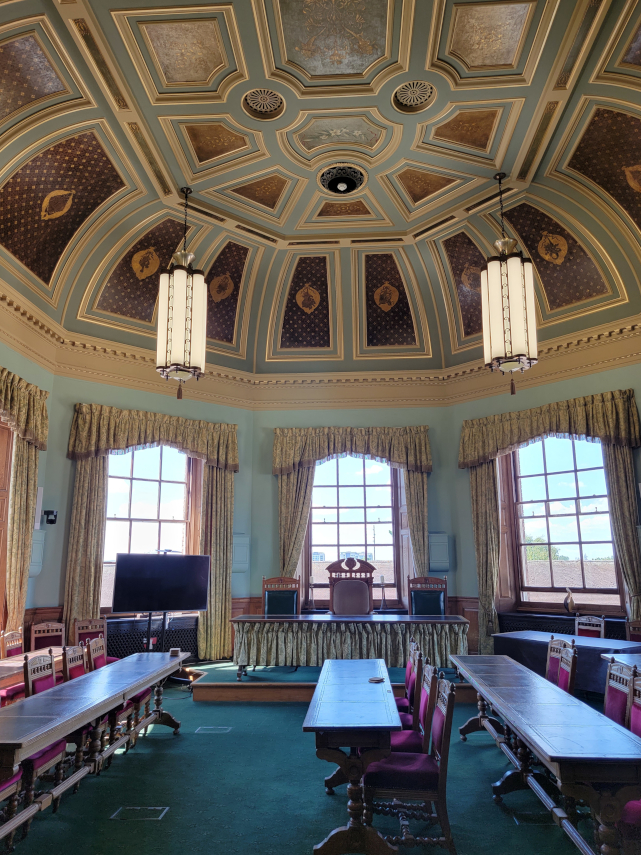
The Council Chamber.
The Council Chamber has a small raised stage at the front which has always been used for Council business, stretching back to when the city was governed by the Corporation of Worcester, and it has a magnificent ceiling.
| Comment |